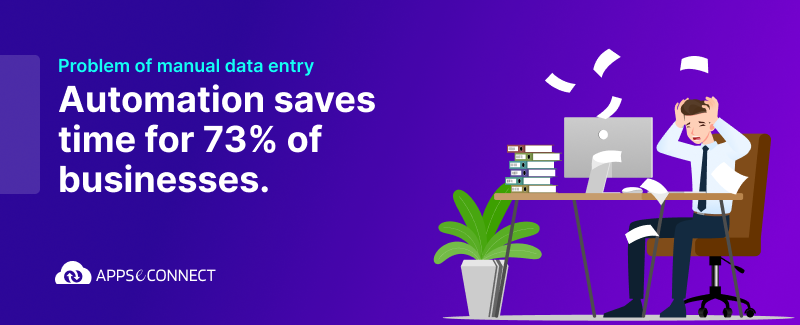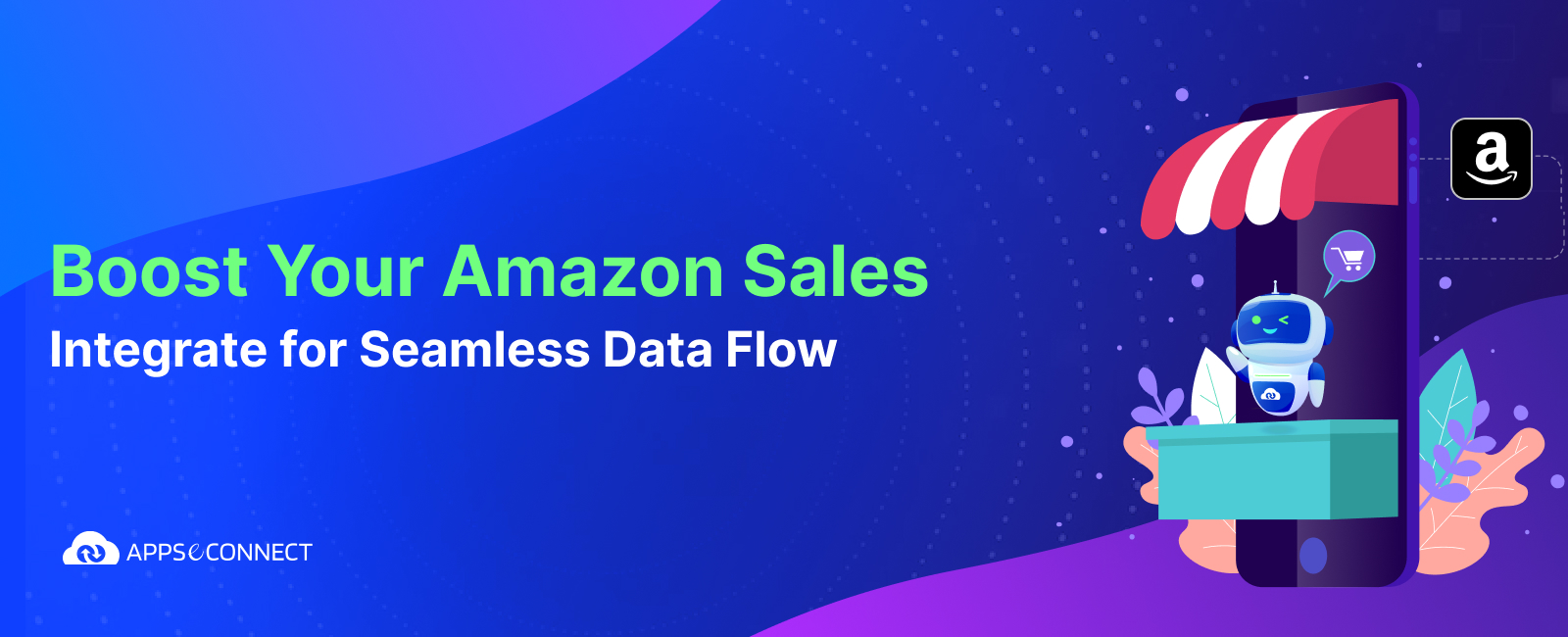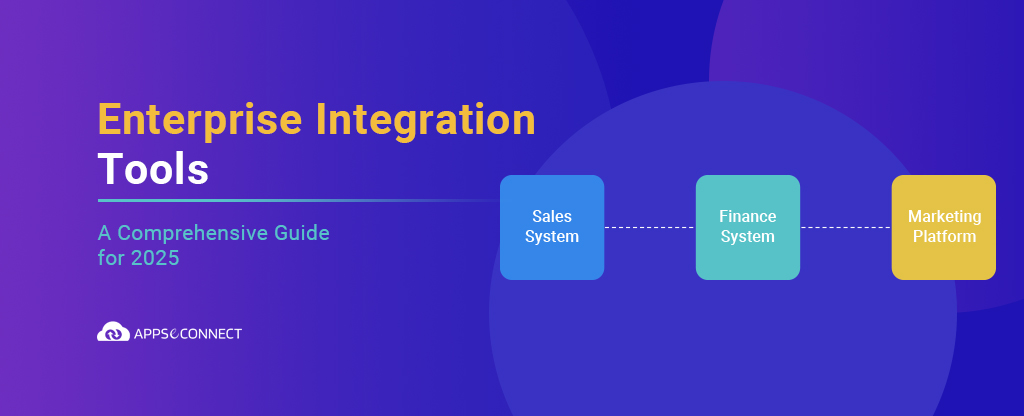Quite a few years ago, AMP (Apache, MySQL, and PHP) Stack used to be the buzzword of the programming world. I still remember the starting days of my career, back in 2007, when I had to check and understand the basics of AMP. In those days, Apache was still evolving in its own way, and MySQL still had a lot of scalability and performance issues. PHP 4 was still ruling the world, and many developers were trying hard to decode the OOP (Object-Oriented Programming) concept that came first for PHP in its version 5 (its first release happened to be on 13th July 2004).
AMP/XAMPP Stack – Expectation and Reality
With the AMP stack installation options available across different platforms and multiple server-side languages, it was soon taken care of by the installation options available as AMPPS (Apache, MySQL/MongoDB, PHP, Perl/Python) stack (maintained by Linnovate) and XAMPP (Apache, MySQL/MariaDB, PHP, and Perl) stack (maintained by Apache Friends).
Due to many cons and little pros of PHP 4 and PHP 5, Java and DotNet were always ahead in the game than PHP. The developers were looking ahead to find strong alternatives to server-side programming combined with client-side programming, by using a uniform client-side language throughout the stack, as it would provide a significant performance gain in both the web application software and the productivity of the developers. And so came the MEAN (MongoDB, Express, Angular, and Node.js) stack which was first coined by Valeri Karpov in his infamous blog post.
 Though AMP stack is still a convenient and easy-to-use open-source framework, new trends in the web development arena are now choking it. Today, applications can be broken down into smaller components that can be independently deployed and scaled with flexibility, making them robust. However, a couple of major trends underscore this shift.
Though AMP stack is still a convenient and easy-to-use open-source framework, new trends in the web development arena are now choking it. Today, applications can be broken down into smaller components that can be independently deployed and scaled with flexibility, making them robust. However, a couple of major trends underscore this shift.
First of all, every layer of the stack is now available as a service, enabling developers to ship better products faster.
Secondly, the use of mobile or PDAs has changed the game altogether. The users of web applications now prefer to visit a store/portal via mobile browsers or rather mobile applications. The developers always have to ensure UI (User Interface) responsiveness when developing any web page.
If we look deeply into how each of the AMP stack packages is evolving in the current technology disruptive market, we can rest assured that there’s more than a glimmer for this stack.
AMP stack is no more limited to just MySQL. In fact, the trend is to use MariaDB which supports the same SQL constructs like that of MySQL. Also, now that MySQL is a product of Oracle (which acquired Sun Microsystems on 27th January 2010), a lot of necessary performance and scalability improvements have come up with MySQL 8.
 Similarly, PHP 7 was released (after a lot of huffs and puffs with PHP 6) at the end of 2015, keeping in line with many features that most of the languages provide. Also, just like how Javascript has been evolving with many frameworks as of today, PHP developers’ community continues to be just in the game with many new and improved frameworks.
Similarly, PHP 7 was released (after a lot of huffs and puffs with PHP 6) at the end of 2015, keeping in line with many features that most of the languages provide. Also, just like how Javascript has been evolving with many frameworks as of today, PHP developers’ community continues to be just in the game with many new and improved frameworks.
With the latest release of 2.4, the Apache HTTP server project also has upped its gameplan by providing few core enhancements with many new modules and existing modules’ enhancements.
If we can judiciously upskill ourselves with the most-trending latest language features and frameworks, I believe we do have the chance to resurrect the usage of AMP stack to develop service-oriented web applications (supporting mobile responsiveness) or mobile or cloud-based applications. As Alan Lewis rightly said in his ePublication, “Change is the new Constant”, we too have to enhance ourselves as technology-agnostic architects and be a part of this resurrection.
All the best toward this journey and I would love to be a part of it with your valuable and invigorating comments. #HappyLearning
APPSeCONNECT is a smart and robust business application integration platform that seamlessly connects all your business applications with each other to streamline operations and facilitate the free-flow of data across the platforms. By moving into the region of iPaaS, APPSeCONNECT proves to be a best-in-the-class platform that easily connects systems and automates the business process.
 Now, you can easily connect all your business applications under one single platform to automate the business process!
Now, you can easily connect all your business applications under one single platform to automate the business process!
You may also like:
How to Install Magento on WAMP Server
5 Thumb Rules To Optimize CSS and Speed Up Your Website




















